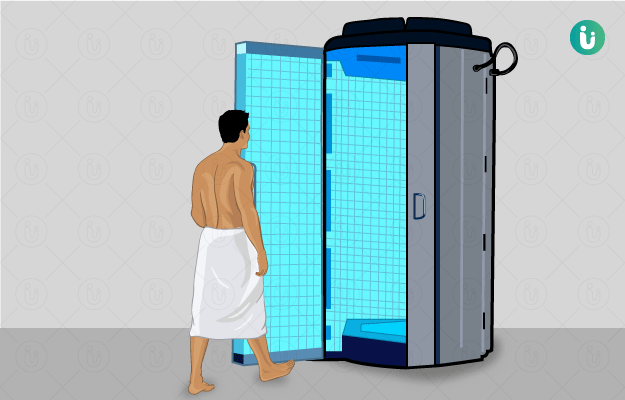What is gene therapy?
Gene therapy is a therapeutic technique in which changes in genes are made to treat various health conditions. Depending on the need, a gene can either be replaced, removed or added into the genome of an individual.
Genes are stretches of DNA that code for everything in your body. They make proteins for building body structures and enzymes for carrying out various functions in the body. Your genes also determine your physical structures ranging from your voice tone, your hair colour and the colour of your eyes.
Human genome (all of its DNA) has about 20,000 to 25,000 genes. Every cell in the human body has one copy of the complete genome. Genes are present in pairs—every gene has two copies one from each parent. Alleles are the two forms of the same gene with slight variations in their DNA sequence. It is the differences in these alleles that give everyone unique features.
However, a majority of the DNA is made of non-coding genes. Only 1% of our total DNA has genes coding for and producing proteins.
Malfunctions or mutation in certain genes manifests in the form of disorders or diseases. Mutations refer to unwanted changes in the DNA that affects the function of the gene.










































